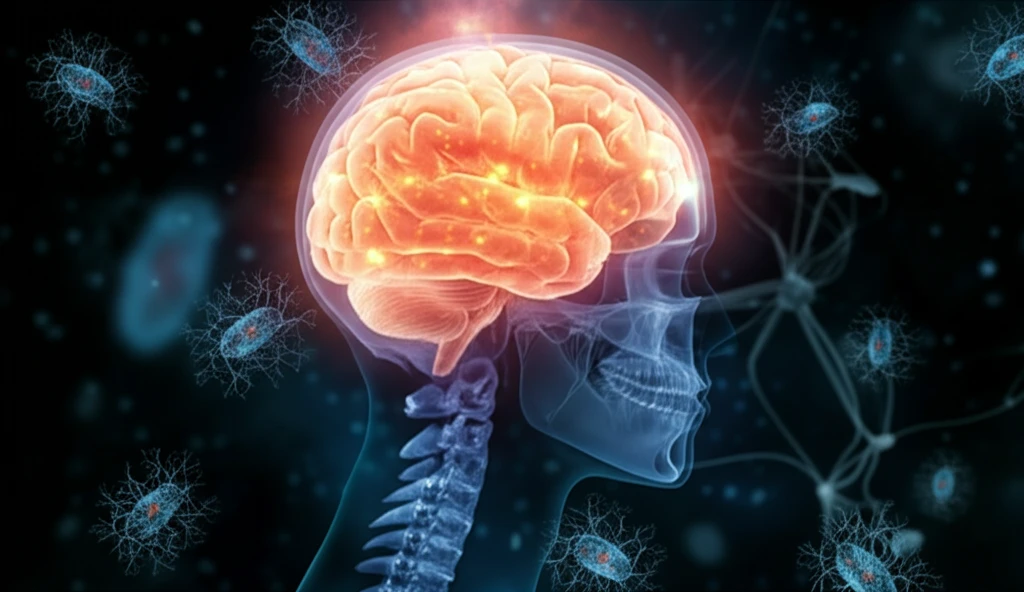
Unlocking Pain Relief: How Opioids Work and What the Future Holds
"A deep dive into the mechanisms of opioid analgesia, exploring both its benefits and potential drawbacks, and new innovative strategies in pain management."
Pain is a universal experience, but its management remains one of medicine's most persistent challenges. For decades, opioids have been a cornerstone of pain relief, offering potent analgesia for acute and chronic conditions. However, their use is fraught with complications, including tolerance, addiction, and a host of side effects that can significantly impact quality of life. Understanding how opioids work, their limitations, and the innovative strategies being developed to mitigate their risks is crucial for anyone seeking effective pain management solutions.
This article delves into the intricate world of opioid analgesia, exploring the basic science behind how these drugs interact with our bodies to alleviate pain. We'll examine the different types of opioid receptors, the endogenous and exogenous ligands that activate them, and the cellular signaling pathways involved. Furthermore, we'll shed light on the latest research aimed at developing safer and more effective opioid-based therapies, as well as non-opioid approaches to pain management.
Whether you're a chronic pain sufferer, a caregiver, or simply interested in the science of pain relief, this guide provides a comprehensive overview of the current state of opioid analgesia and the exciting developments on the horizon.
The Science of Opioid Analgesia

Opioids exert their pain-relieving effects by binding to specific receptors located throughout the body, but primarily in the brain, spinal cord, and peripheral nervous system. These receptors, known as mu (MOR), delta (DOR), and kappa (KOR), are activated by both endogenous opioid peptides (naturally produced by the body) and exogenous opioid drugs (derived from opium or synthesized in a lab).
- Inhibition of adenylyl cyclase, which reduces the production of cyclic AMP (cAMP), a key signaling molecule.
- Opening of G protein-coupled inwardly rectifying potassium (GIRK) channels, hyperpolarizing the neuron and making it less likely to fire.
- Inhibition of calcium channels, reducing the influx of calcium ions needed for neurotransmitter release.
- Decreased release of pro-nociceptive neuropeptides, further reducing the transmission of pain signals.
The Future of Pain Relief
The journey toward better pain management is ongoing. While opioids will likely remain a valuable tool, future strategies will focus on personalized approaches, combining pharmacological and non-pharmacological therapies, and addressing the psychological and social factors that contribute to chronic pain. By continuing to push the boundaries of research and innovation, we can strive to create a world where pain is effectively managed, and quality of life is optimized for all.
